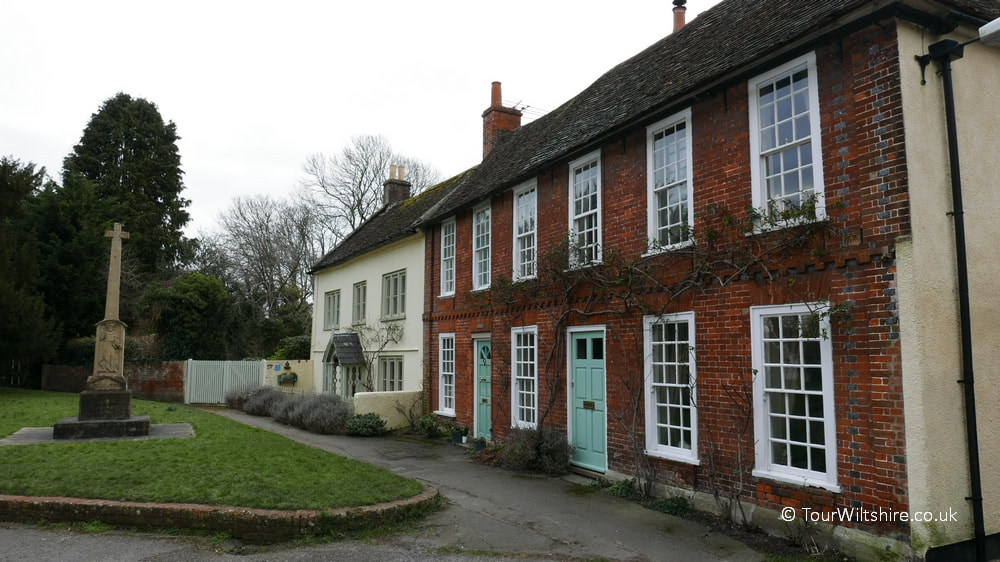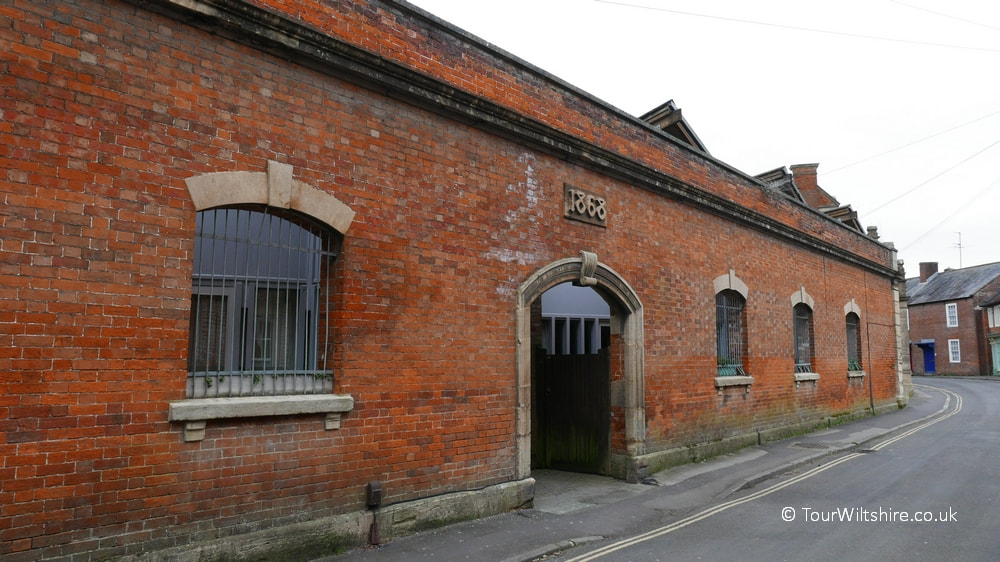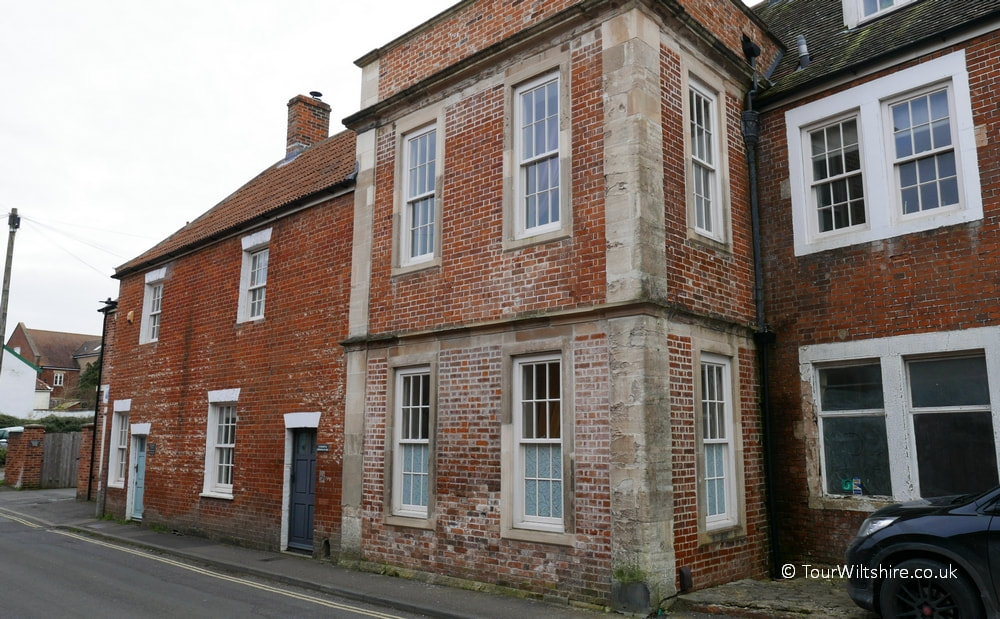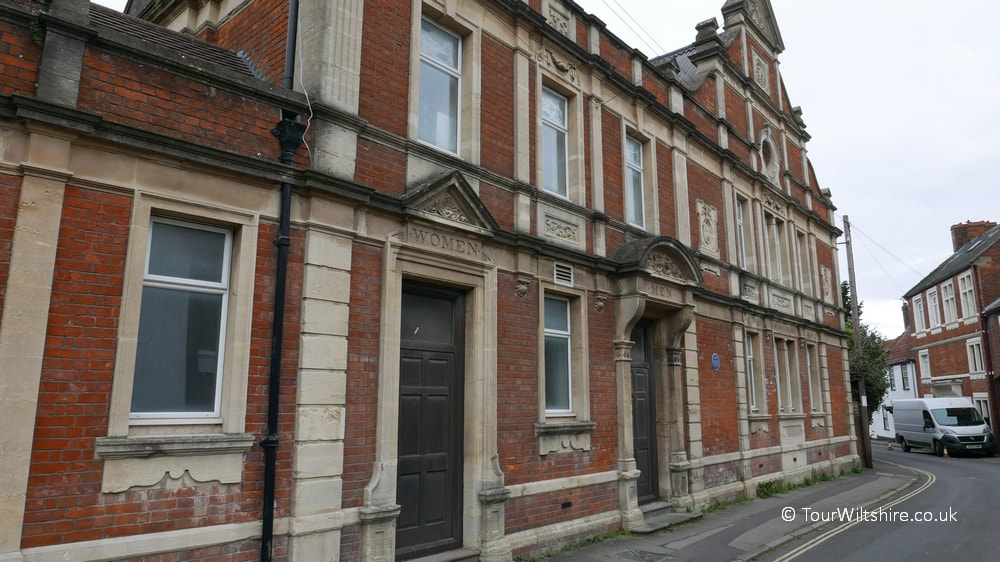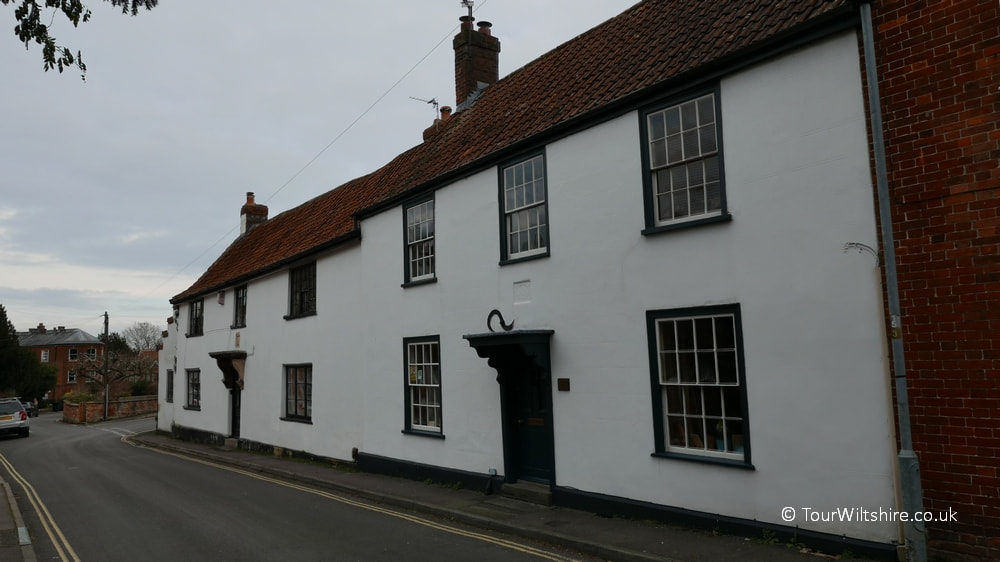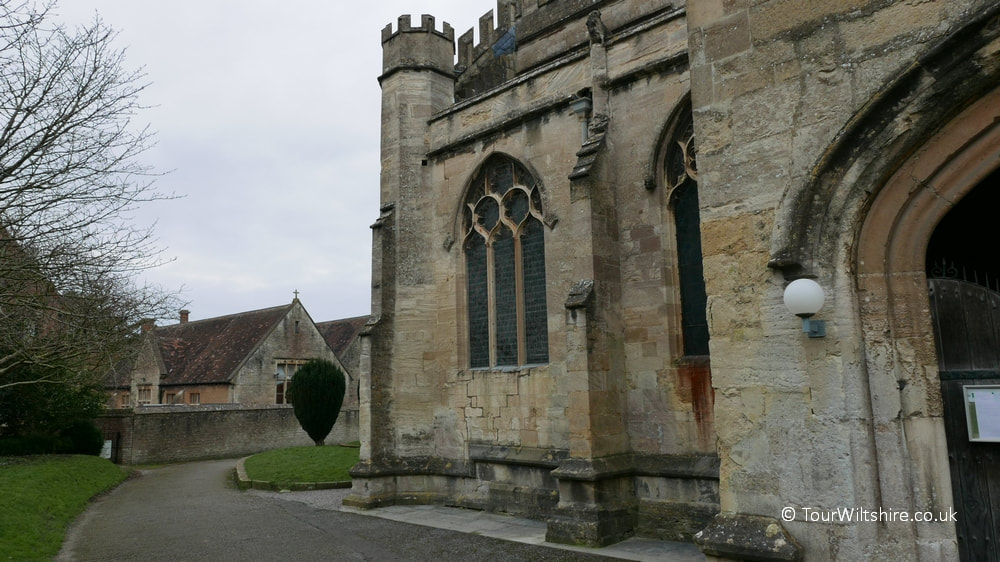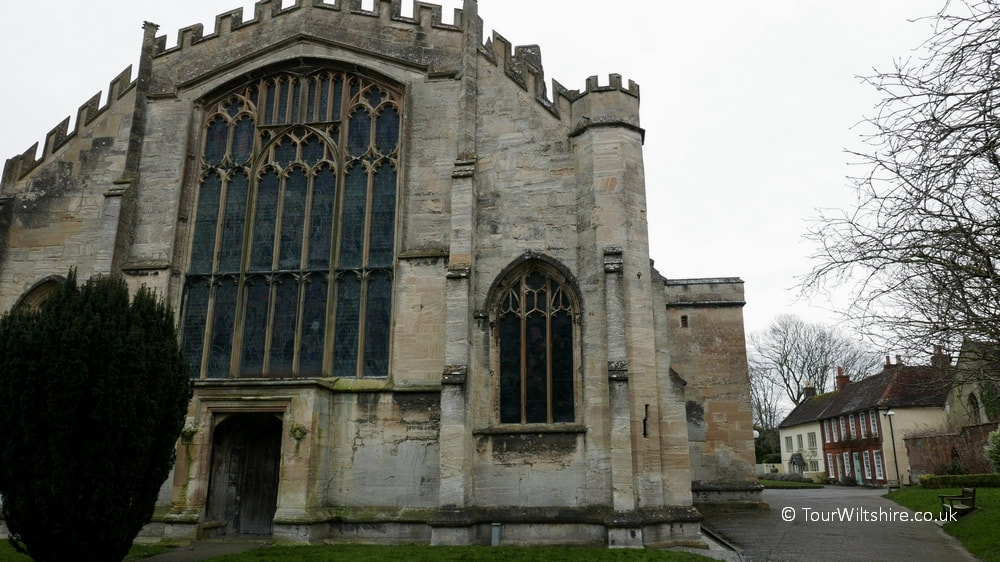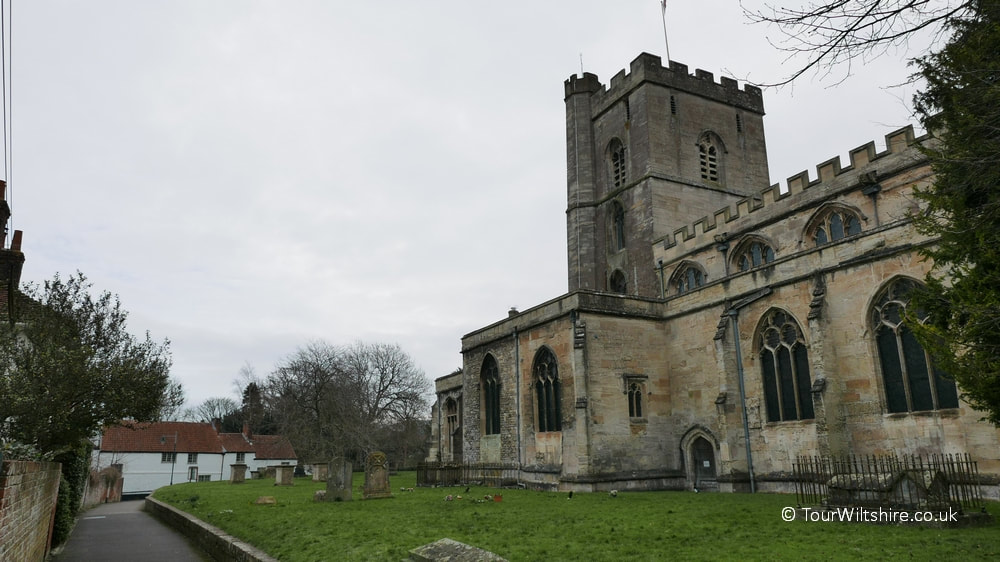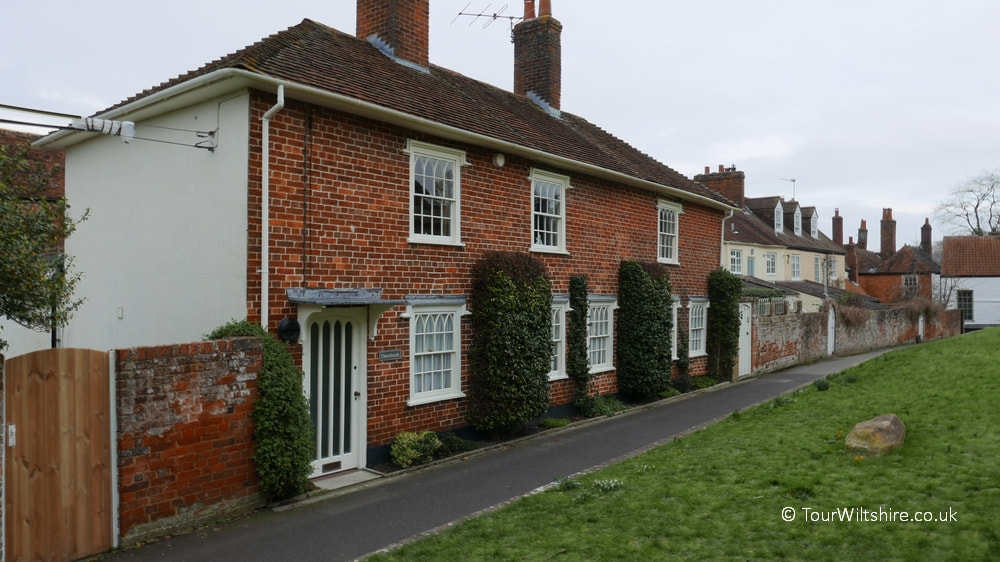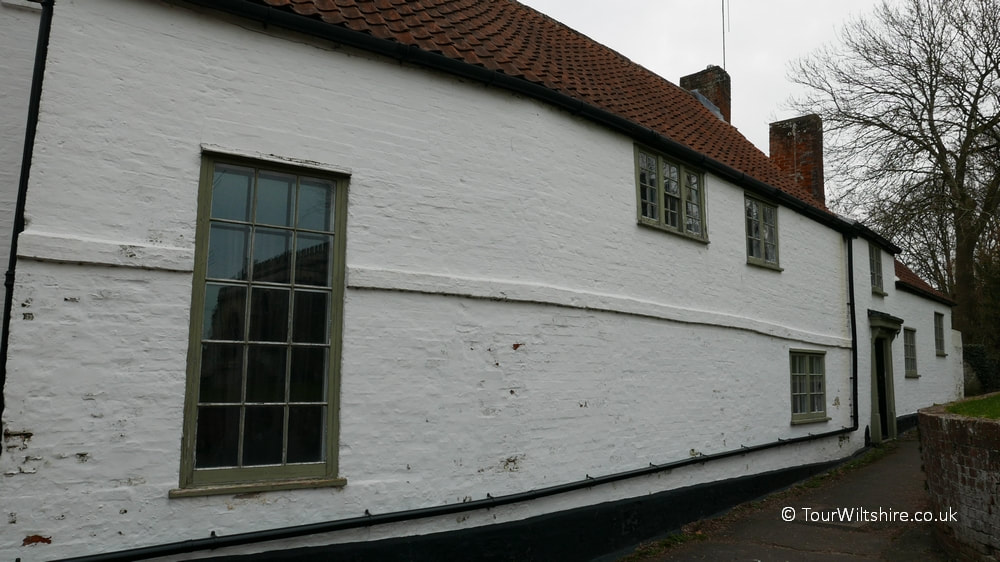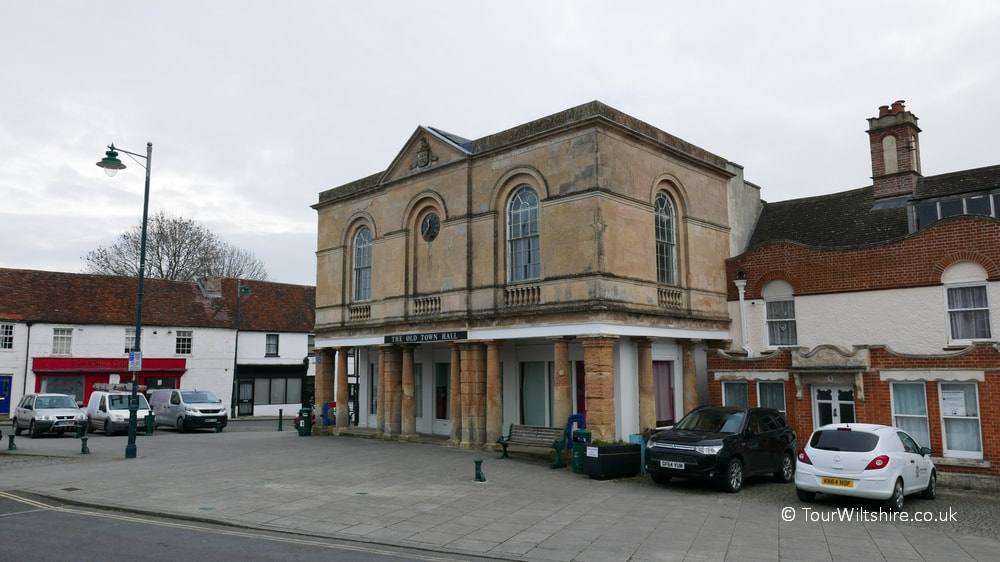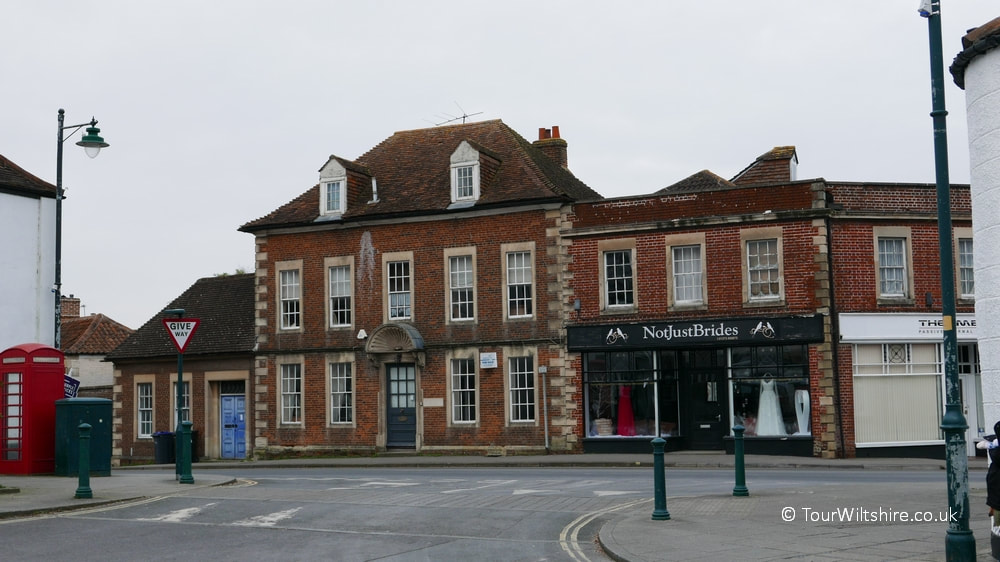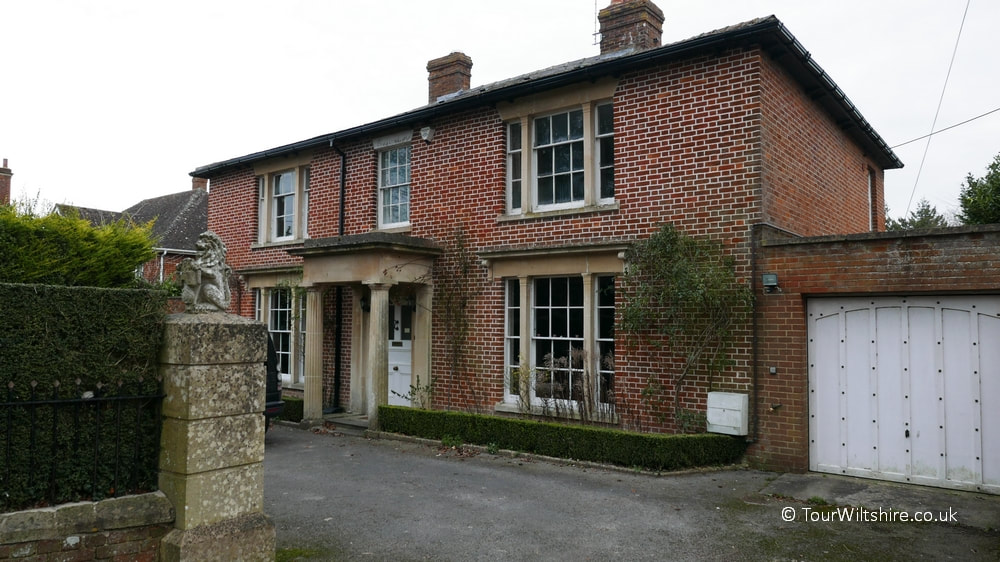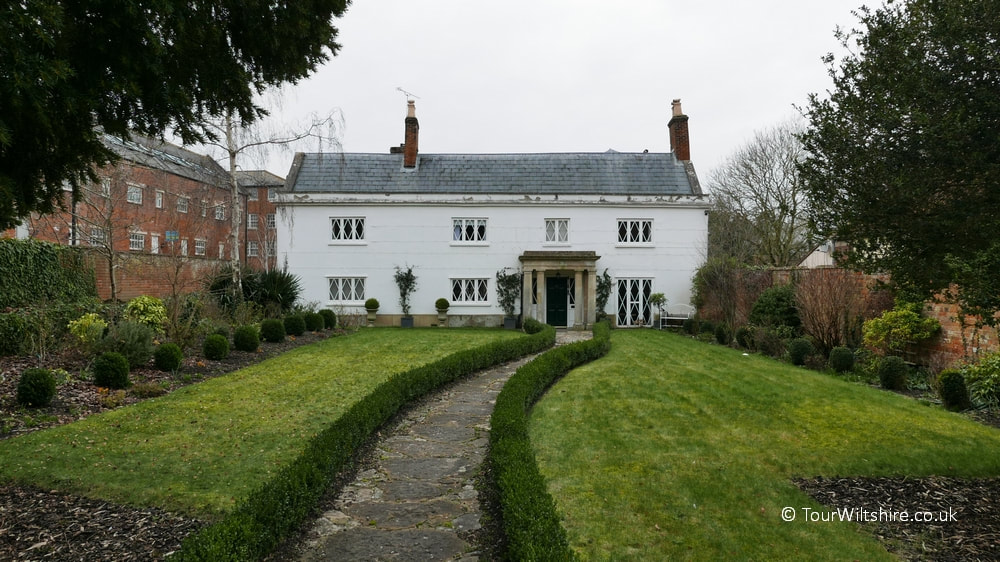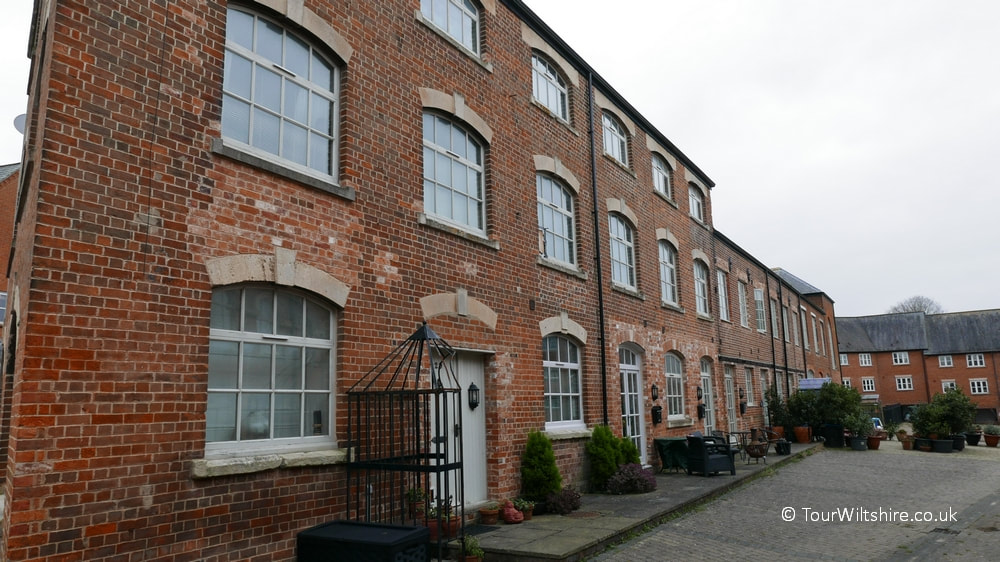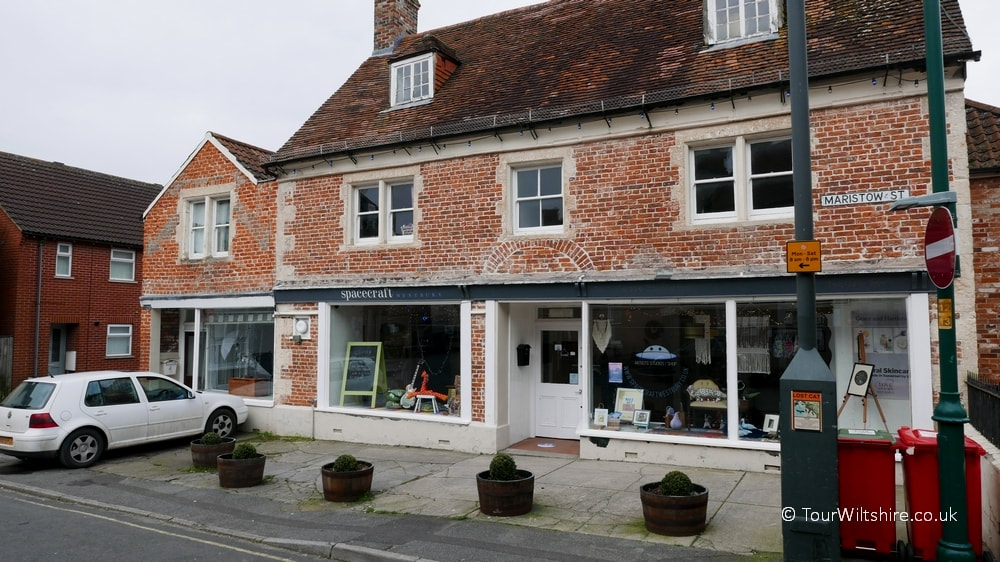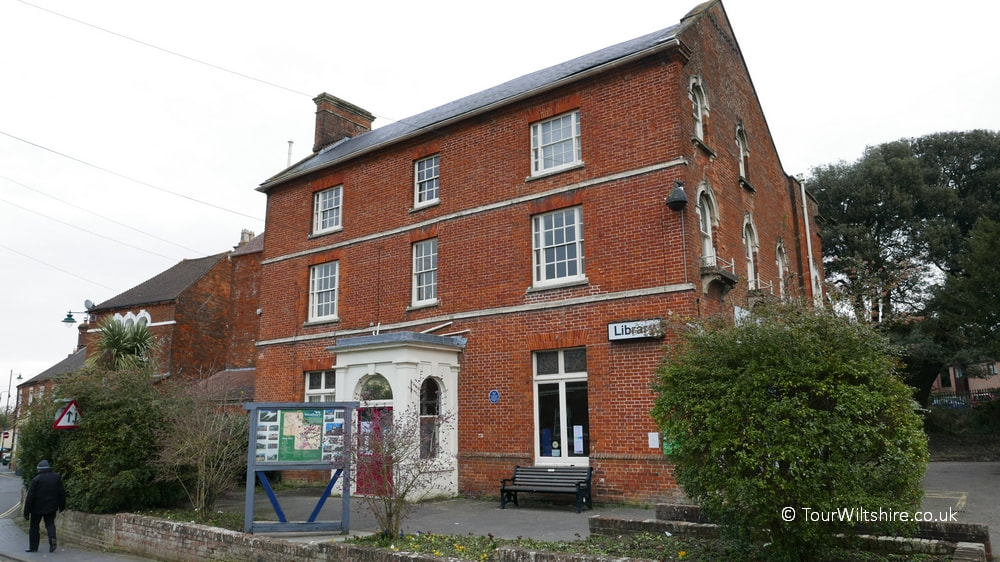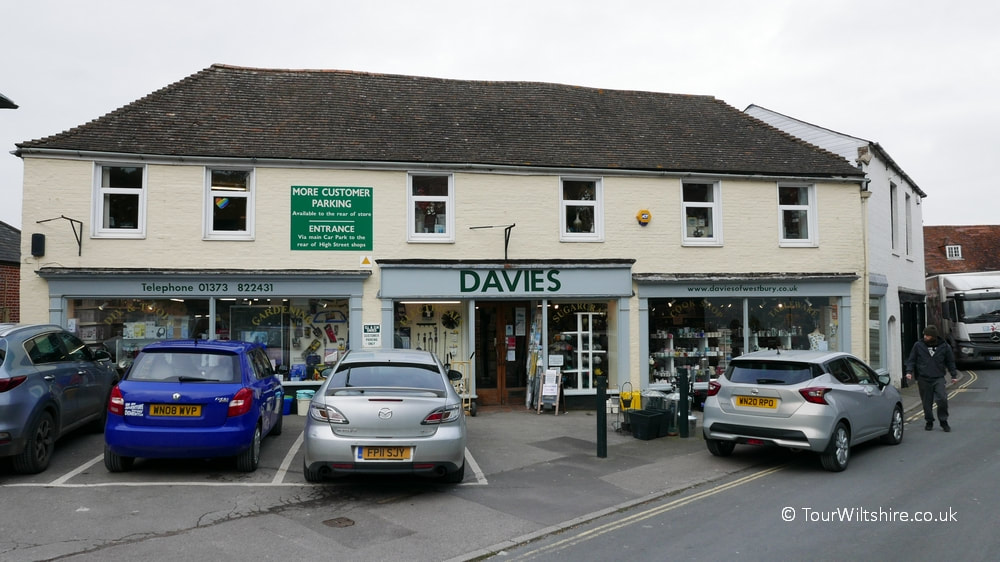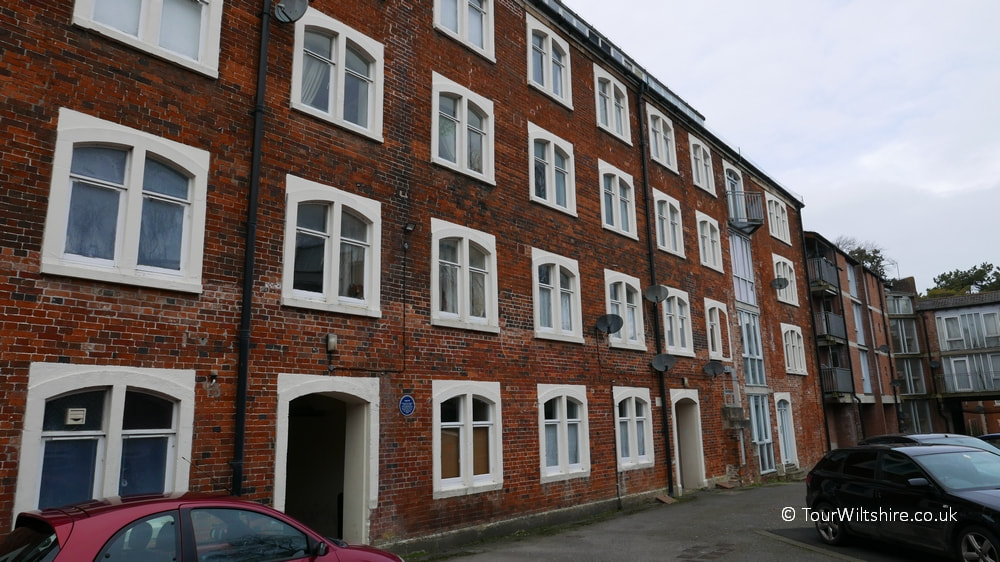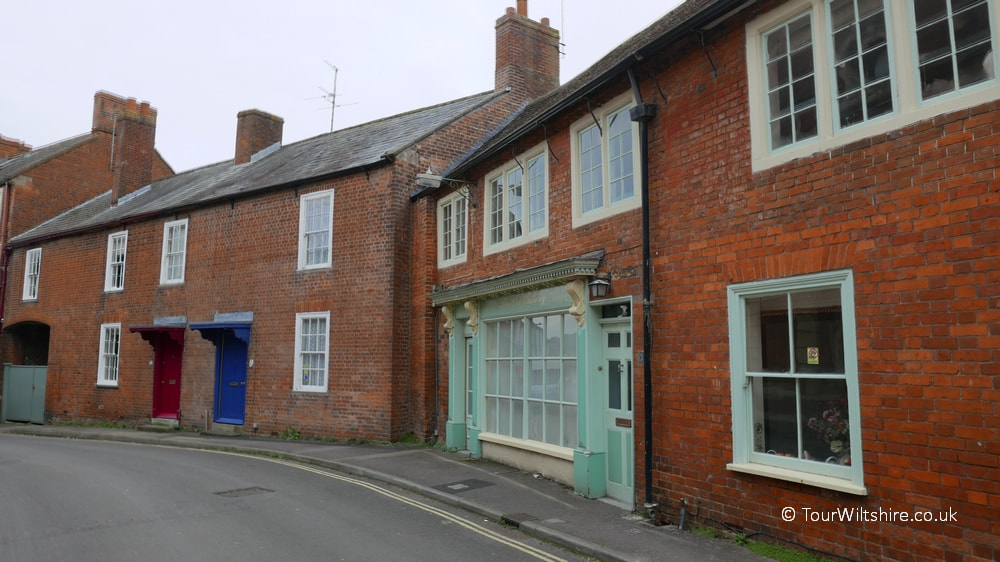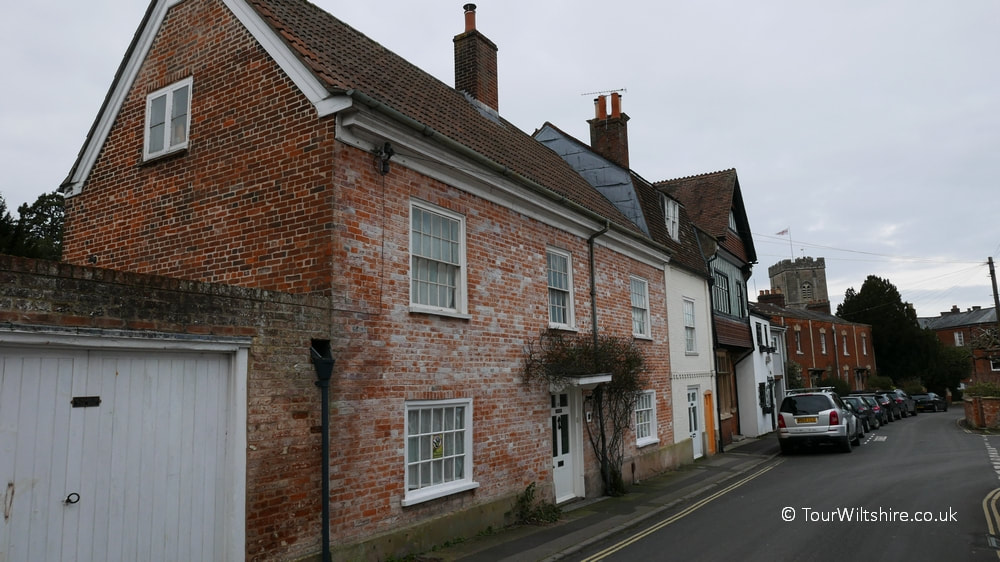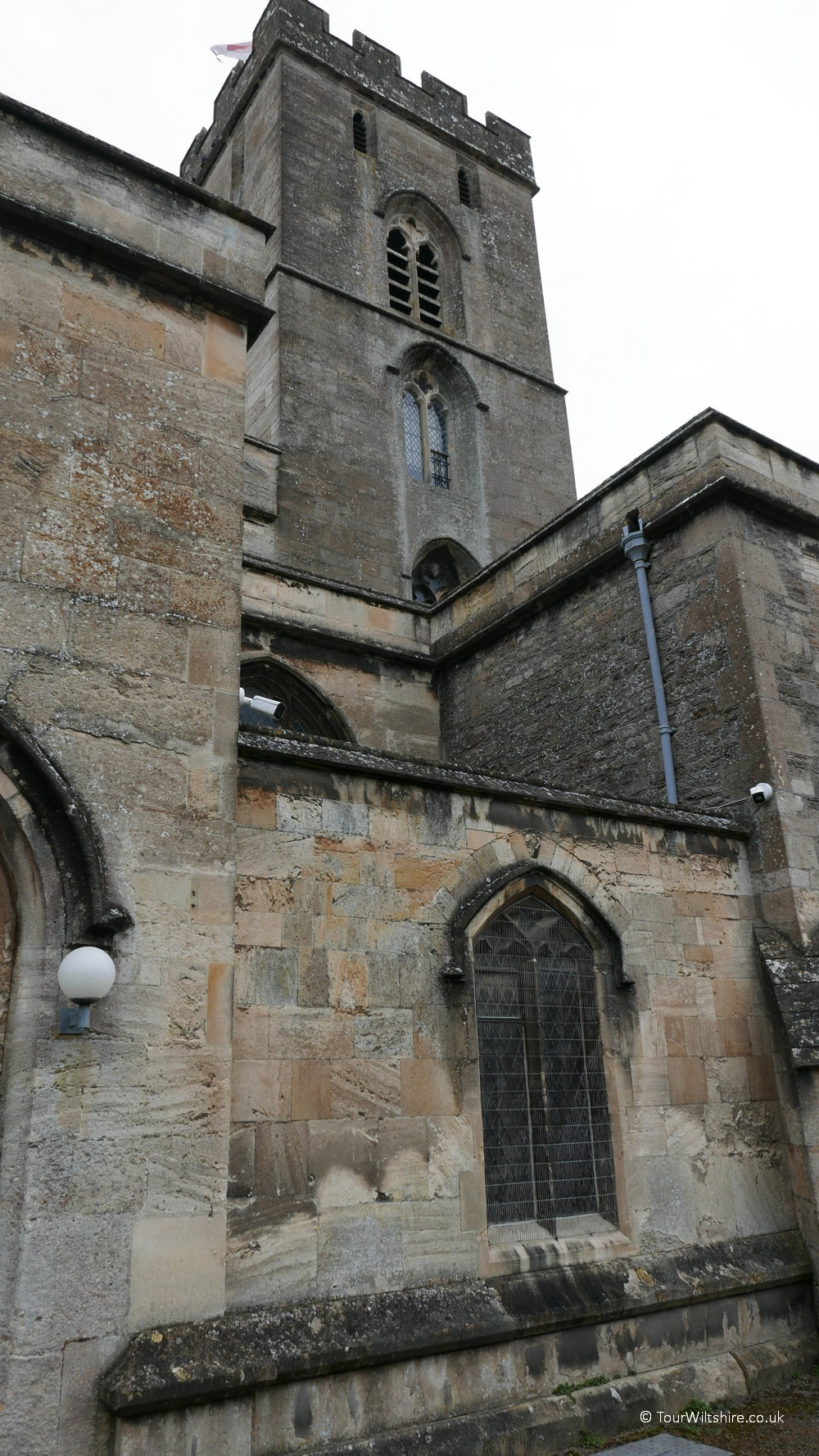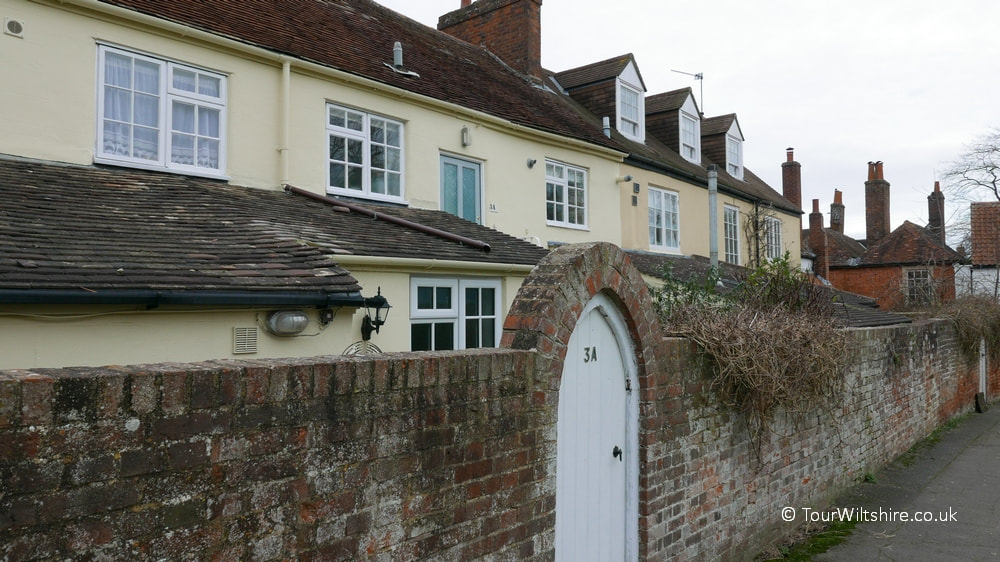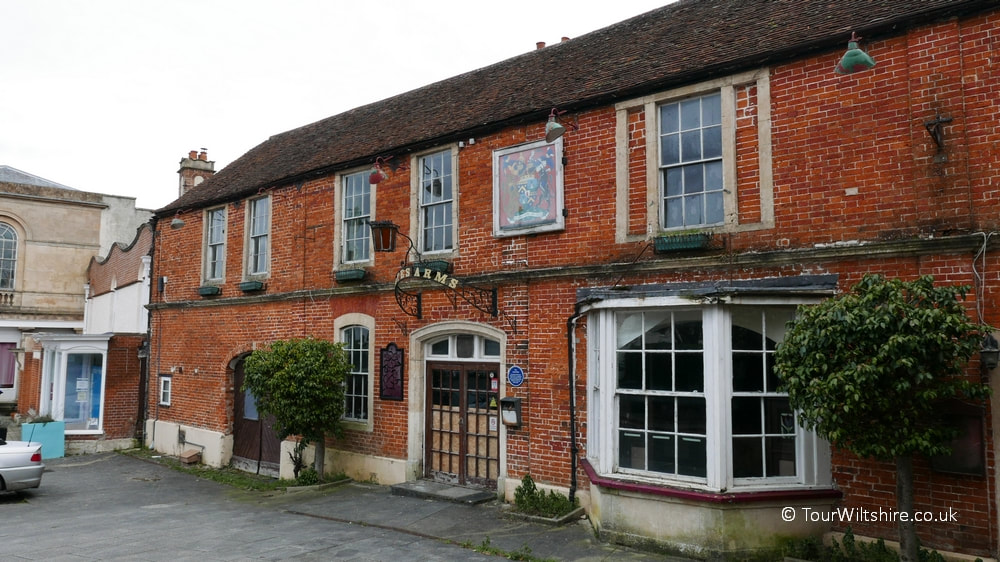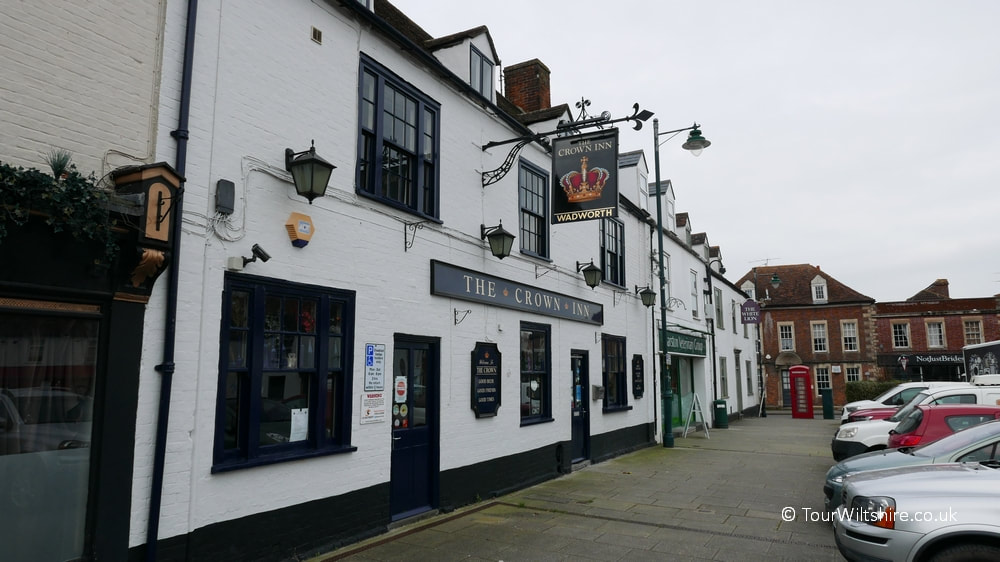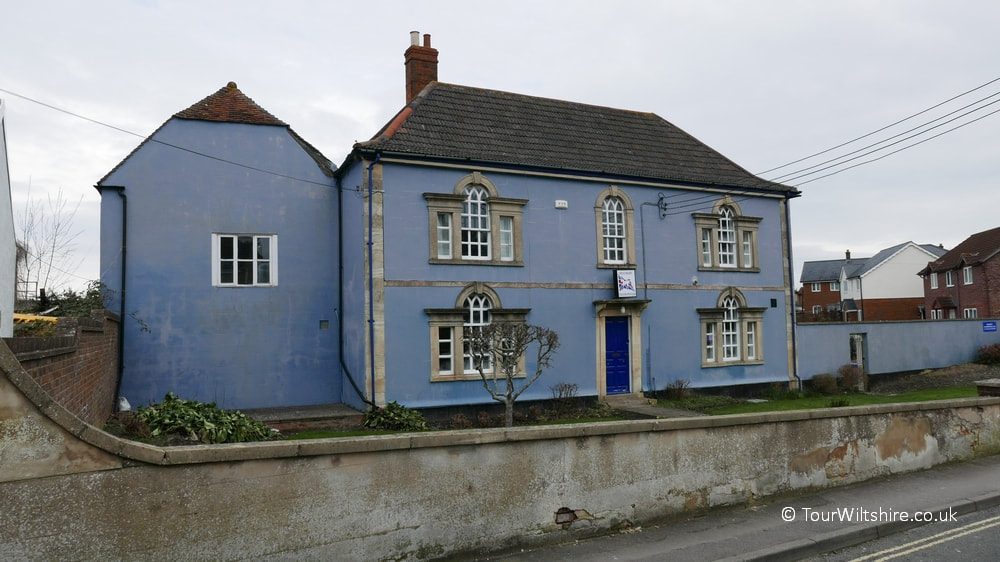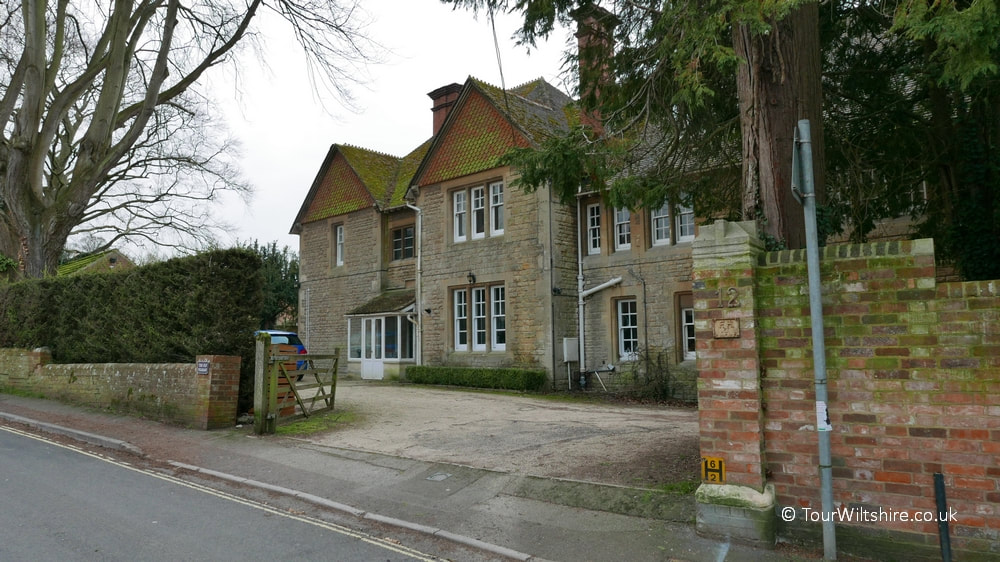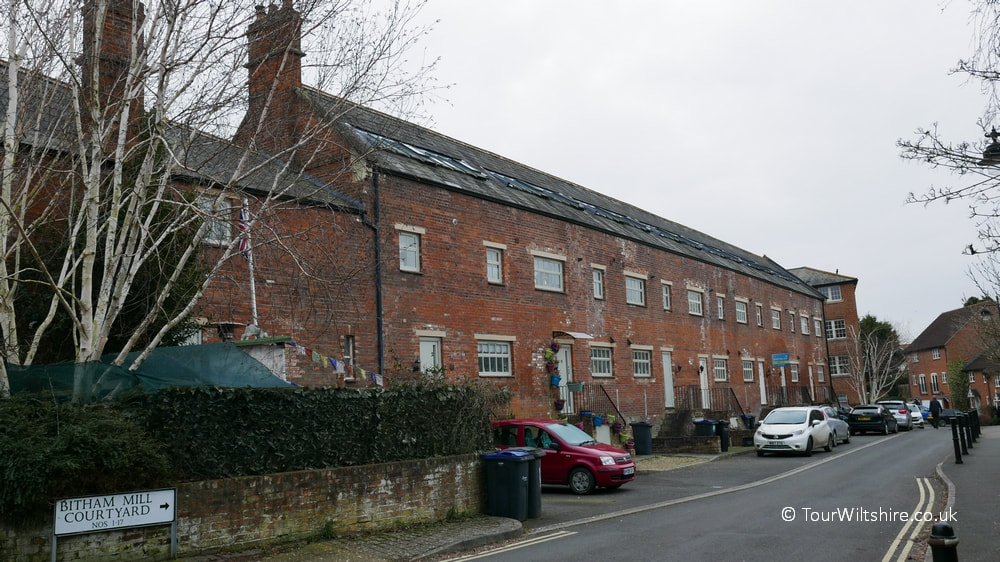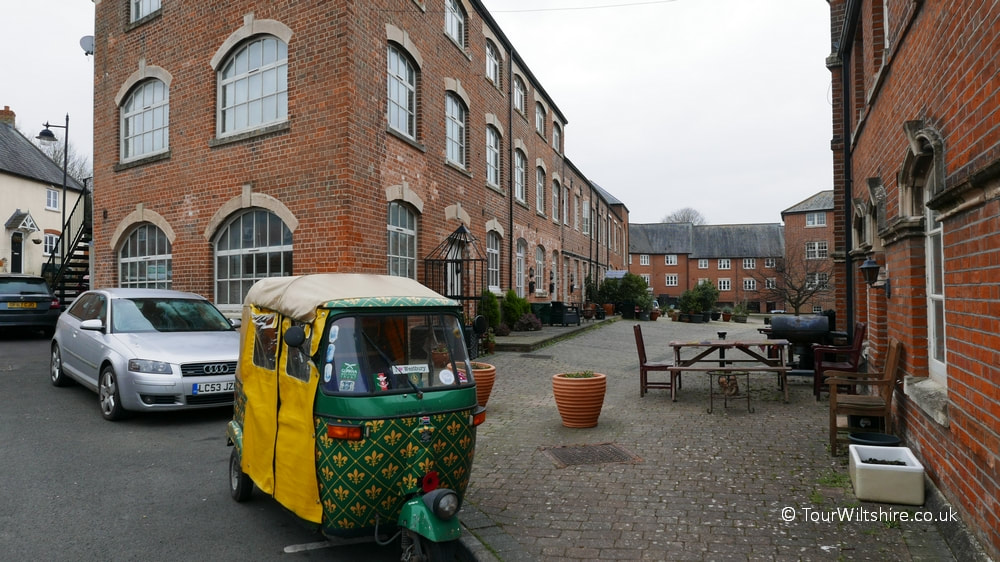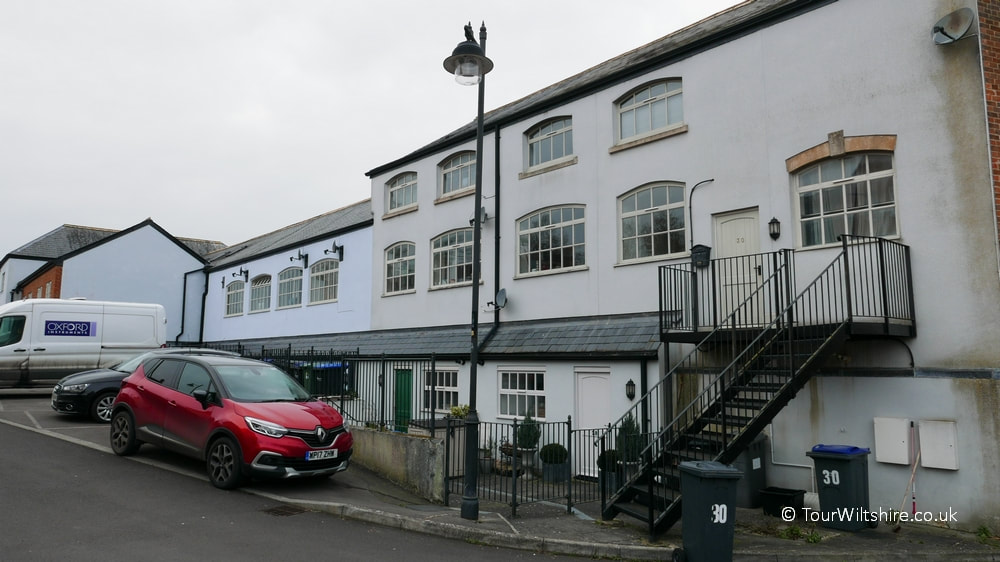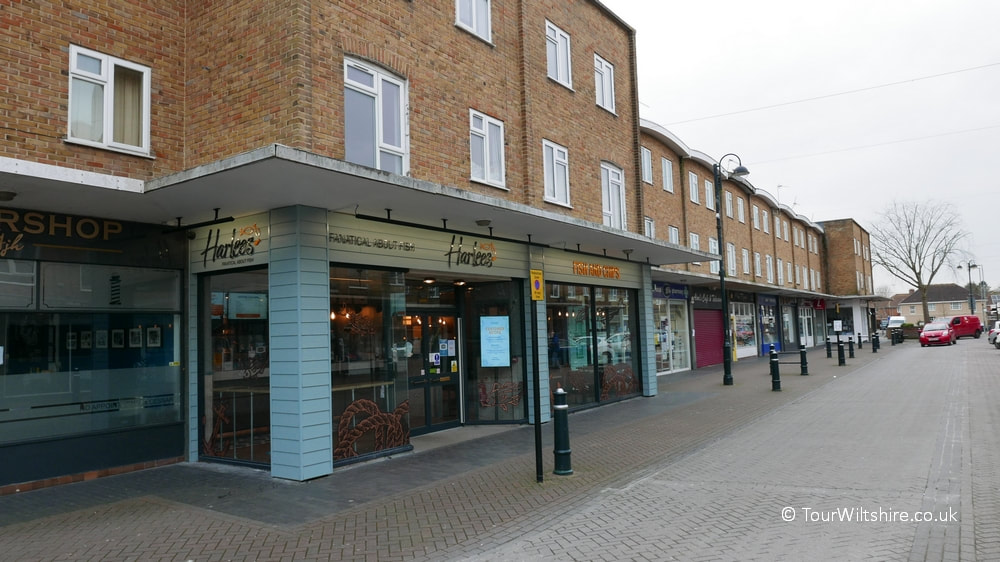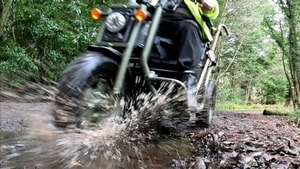⭐⭐⭐⭐
Westbury, Wiltshire
Westbury has an unfortunate and ill-deserved reputation for being grimey and rather downtrodden. Property prices in the town are lower than in surrounding areas, and its considered by them to be a poor neighbour. If you've ever passed through the town, towards Trowbridge 4 miles north, or Warminster 4 miles south, and not stopped to do more than refuel, it's easy to agree. The A350 bisects the town, squeezed between largely unimpressive terraced housing that's blackened by the fumes, and rattled by the juggernauts passing just the width of the narrow pavement from their front doors. However park up and explore the side streets around the centre, and along parts of Westbury Leigh, a village absorbed by the expansion of the town, and another story evolves, one diametrically opposed to the negative reputation, one where the traditional architecture draws in discerning homeowners, and keeps them, it can be a good place to buy a period property at a lower price, or else just enjoy looking around the best parts...
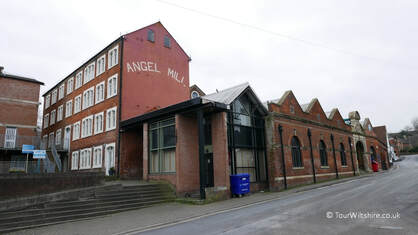 Angel Mill, Westbury
Angel Mill, Westbury
So park up the car and starting in Edward Street, where a sizeable 15th century house was dismantled where Morrisons now stands (kit for sale at time of writing), and turn your back on the supermarket and look up to observe Angel Mill. Angel Mill dates back to around 1801 and was probably the earliest Wiltshire factory built to be driven by a steam engine, it mainly produced cloth, and has now produced apartments. From there turn into Church Street and opposite the pub is Edgar House, an early 18th century remodelling of an earlier house, and all along that side of the road Listed Georgian houses, and behind some are converted stables. On the other side of Church Street, beyond the Listed screen wall to Angel Mill, is Westbury's late 19th century Grade II Listed swimming baths. Keep going right to the end and almost every house that you will have passed is Listed for its historical architectural merit. Then take the footpath that you'll see leads to the Grade I Listed parish church of All Saints, built in 1437. Sticking to the path walk anti-clockwise around the church and you'll see other Listed buildings, then you come into the Market Place and see the Lopes Arms, The Old Town Hall, and yet more attractive Listed buildings. Look out to the main road before turning off Market Place into Alfred Street and you will see Bank House, a Grade II* early 18th century home, easily missed when just driving past. In Alfred Street it's hard to miss the appropriately painted blue Grade II* Conservative Club, continue on and a couple of hundred yards on at the roundabout take the second exit, you will then see the various buildings of the Grade II Listed Bitham Mill, the earliest part dates back to 1803 (painted blue), now converted to houses and apartments. Here ends this tour of Westbury's Listed buildings, though with a total of 157 historical gems in Westbury, and Westbury Leigh, you could take in more, but by now you will have appreciated a completely different side to Westbury than most people see.
For a short time, from 1829, Robert Peel, considered to be the founding father of the police force, was Member of the British Parliament for Westbury.
For the best places to eat in the area click here.
Of course there is also Westbury's famous White Horse on the outskirts of the town to visit..
For a short time, from 1829, Robert Peel, considered to be the founding father of the police force, was Member of the British Parliament for Westbury.
For the best places to eat in the area click here.
Of course there is also Westbury's famous White Horse on the outskirts of the town to visit..
Excerpts From The Wiltshire Council Timeline Of Westbury (scroll)
Iron Age BC - Earliest evidence of occupation around Westbury at this time
Roman Period - A pottery kiln site at Wellhead, villas at Chalcot and Storridge and pots at the Ham provide evidence of Roman occupation
Saxon Period - Land held by Edith, wife of King Edward the Confessor
Stone Age BC - Artefacts found suggest transient movement rather than permanent occupation in the area
1226 - Fulling mill in existence at Brook
Late 1400s - Westbury becomes the centre of the cloth industry in the region
1428 - A corn mill in existence on Bitham Brook
1573 - A fulling mill in existence at Bitham
1603 to 1604 - There is an outbreak of plague in the town
1616 - Fire in the town causes over £1,000 damage
1623 - Fulling mill in existence at Chalford
1648 - Civil War - Parliamentarian forces quartered for free in the town for a month
C.1700 - White Horse cut as an outline only
1769 - Workhouse built at Gooseland, Eden Vale Road
1770 - By this time there are 61 burgages in the town
1772 - Earliest reference to a fire-fighting service in the town
1783 - There are 15 clothiers in the town
1795 - Indigo Mill and dyehouse at Eden Vale producing the blue dye used in the woollen industry up until the mid 19th century
1803 - Factory using water power built at Bitham Mill
1809 - Angel Mill, a woollen mill for steam driven machines, built by John Matravers
1813 - Westbury and Whorwellsdown Union Workhouse built on site of existing workhouse
1821 - William Boulton establishes a gloving works in Westbury Leigh
1826 - William Cobbett visits the town and in his Rural Rides describes Westbury as a "nasty, odious, rotten borough, a really rotten place" where the cloth mills seem "ready to tumble down as well as many of the houses"
1829 - Bitham Mill converted to steam power and a new extension added
1830 - There are 6 malt houses in the area
1845 - Angel Mill converted to a flour mill
1850 - Railway line from Westbury to Frome opened as first stage of route to Weymouth
1852 - Angel Mill restored to a woollen mill and a new wing added
1857 - Great Western Iron Ore Smelting Company founded to exploit the iron ore beds to the north of the town
1860s - New buildings added to Bitham Mill
1861 - Town Mill destroyed by fire causing £20,000 worth of damage
1869 - Prospect Square, 39 houses including 7 almshouses, constructed by Abraham Laverton
1887 - Public baths in Church Street built by William Henry Laverton
1890 - Stafford Brown Almshouses comprising ten cottages established for the poor of the parish
1894 - Parish split into the 3 separate civil parishes of Westbury, Bratton and Dilton Marsh
1901 - Water pumping station opened in Bratton Road supplied by the reservoir at Beggars Knoll; direct railway line from London to Westbury opened; Boyer's Cloth Mill converted to a tannery owned by Charles Case and Sons Ltd
1905 - William Boulton moves his glove manufacturing business to Bull's Mill where he builds a new factory
1906 - London to Westbury railway line extended to Exeter
1918 to 1939 - 120 council houses built
1920 - Vista cinema opens in Warminster Road
1922 - Sewage works built at Frogmore
1933 - By this time all iron ore mining has ceased; Westbury by-pass railway line built for non-stopping trains
1934 - Westbury and Whorwellsdown Union Workhouse now redundant and sold for commercial purposes
1939 - Leighton House and Park requisitioned by the War Department as a convalescent depot; Bitham Mill converted from steam power to electricity
1947 - Electric street lighting installed in the town replacing gas lighting
1949 - Leighton House becomes the permanent home of the Regular Commissions Board which selects officers for training at the Royal Academy, Sandurst
1955 - Stafford Brown Almshouses now in disuse and sold off
1962 - Building of High Street begun, a development of shops and maisonettes; Blue Circle cement works open; Development of the West Wilts Trading Estate begins. It will become one of the largest trading estates in southern England employing c. 3000 people in over 120 businesses
1969 - Glove manufacture at Bull's Mill ceases; Angel Mill and Bitham Mill, the last 2 woollen mills in Westbury, closed
1982 - Tanning at Boyers Mill ceases
1983 - Laverton Court, 6 almshouses built by the Housing Trust at the rear of the library, opened
1988 - Vista cinema destroyed by fire
1992 - Victoria Gardens opened on the site of C16th mill pond
Roman Period - A pottery kiln site at Wellhead, villas at Chalcot and Storridge and pots at the Ham provide evidence of Roman occupation
Saxon Period - Land held by Edith, wife of King Edward the Confessor
Stone Age BC - Artefacts found suggest transient movement rather than permanent occupation in the area
1226 - Fulling mill in existence at Brook
Late 1400s - Westbury becomes the centre of the cloth industry in the region
1428 - A corn mill in existence on Bitham Brook
1573 - A fulling mill in existence at Bitham
1603 to 1604 - There is an outbreak of plague in the town
1616 - Fire in the town causes over £1,000 damage
1623 - Fulling mill in existence at Chalford
1648 - Civil War - Parliamentarian forces quartered for free in the town for a month
C.1700 - White Horse cut as an outline only
1769 - Workhouse built at Gooseland, Eden Vale Road
1770 - By this time there are 61 burgages in the town
1772 - Earliest reference to a fire-fighting service in the town
1783 - There are 15 clothiers in the town
1795 - Indigo Mill and dyehouse at Eden Vale producing the blue dye used in the woollen industry up until the mid 19th century
1803 - Factory using water power built at Bitham Mill
1809 - Angel Mill, a woollen mill for steam driven machines, built by John Matravers
1813 - Westbury and Whorwellsdown Union Workhouse built on site of existing workhouse
1821 - William Boulton establishes a gloving works in Westbury Leigh
1826 - William Cobbett visits the town and in his Rural Rides describes Westbury as a "nasty, odious, rotten borough, a really rotten place" where the cloth mills seem "ready to tumble down as well as many of the houses"
1829 - Bitham Mill converted to steam power and a new extension added
1830 - There are 6 malt houses in the area
1845 - Angel Mill converted to a flour mill
1850 - Railway line from Westbury to Frome opened as first stage of route to Weymouth
1852 - Angel Mill restored to a woollen mill and a new wing added
1857 - Great Western Iron Ore Smelting Company founded to exploit the iron ore beds to the north of the town
1860s - New buildings added to Bitham Mill
1861 - Town Mill destroyed by fire causing £20,000 worth of damage
1869 - Prospect Square, 39 houses including 7 almshouses, constructed by Abraham Laverton
1887 - Public baths in Church Street built by William Henry Laverton
1890 - Stafford Brown Almshouses comprising ten cottages established for the poor of the parish
1894 - Parish split into the 3 separate civil parishes of Westbury, Bratton and Dilton Marsh
1901 - Water pumping station opened in Bratton Road supplied by the reservoir at Beggars Knoll; direct railway line from London to Westbury opened; Boyer's Cloth Mill converted to a tannery owned by Charles Case and Sons Ltd
1905 - William Boulton moves his glove manufacturing business to Bull's Mill where he builds a new factory
1906 - London to Westbury railway line extended to Exeter
1918 to 1939 - 120 council houses built
1920 - Vista cinema opens in Warminster Road
1922 - Sewage works built at Frogmore
1933 - By this time all iron ore mining has ceased; Westbury by-pass railway line built for non-stopping trains
1934 - Westbury and Whorwellsdown Union Workhouse now redundant and sold for commercial purposes
1939 - Leighton House and Park requisitioned by the War Department as a convalescent depot; Bitham Mill converted from steam power to electricity
1947 - Electric street lighting installed in the town replacing gas lighting
1949 - Leighton House becomes the permanent home of the Regular Commissions Board which selects officers for training at the Royal Academy, Sandurst
1955 - Stafford Brown Almshouses now in disuse and sold off
1962 - Building of High Street begun, a development of shops and maisonettes; Blue Circle cement works open; Development of the West Wilts Trading Estate begins. It will become one of the largest trading estates in southern England employing c. 3000 people in over 120 businesses
1969 - Glove manufacture at Bull's Mill ceases; Angel Mill and Bitham Mill, the last 2 woollen mills in Westbury, closed
1982 - Tanning at Boyers Mill ceases
1983 - Laverton Court, 6 almshouses built by the Housing Trust at the rear of the library, opened
1988 - Vista cinema destroyed by fire
1992 - Victoria Gardens opened on the site of C16th mill pond
|
|

